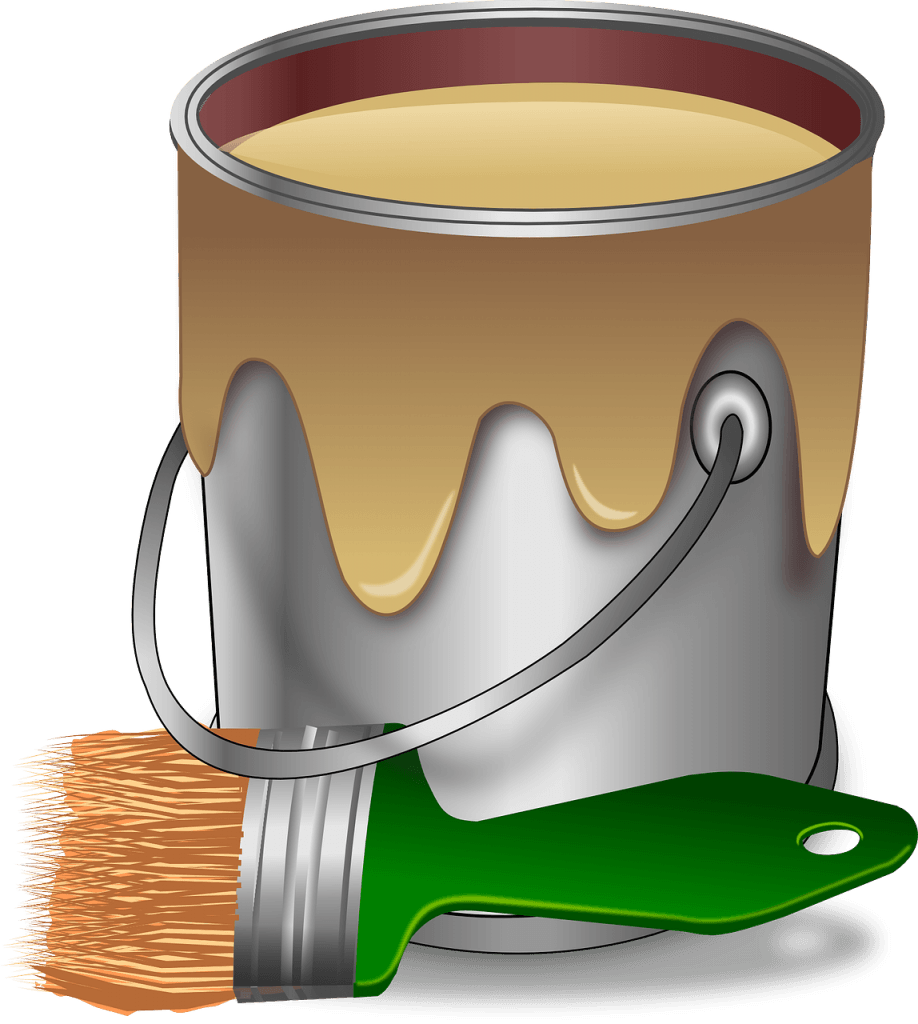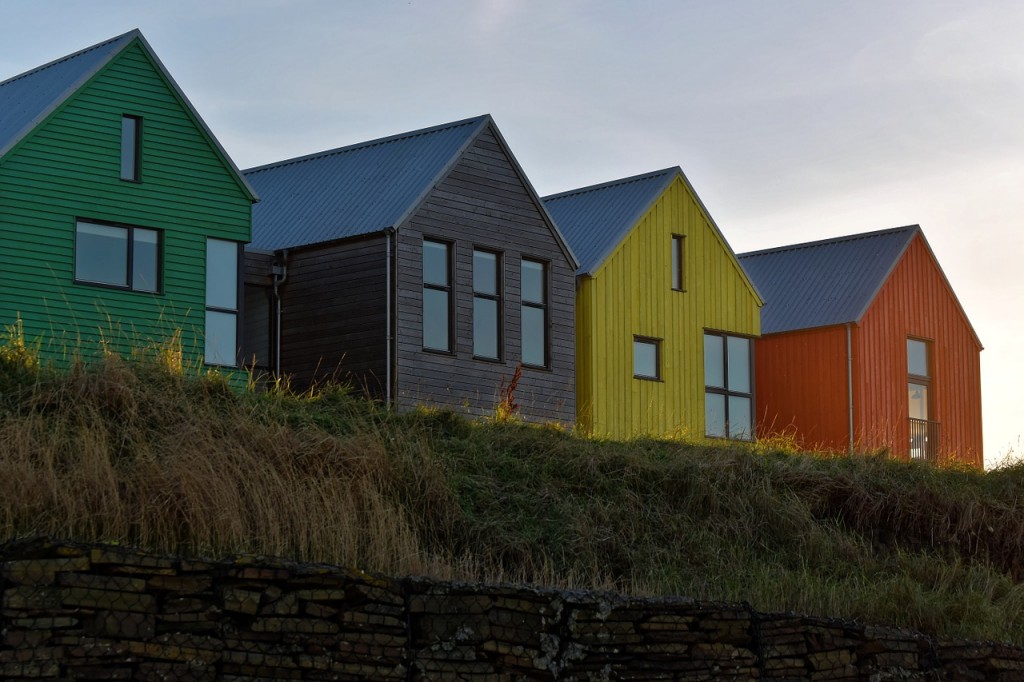A house needs to look beautiful, the walls and the furniture need to complement each other perfectly. Aside from this very obvious feature, the house should be maintained to retain its initial amazing look and style. There are many ways people use to make sure that the house is well maintained and beautiful.

The house can be repainted over the current colors. New furniture or lighting brings about a certain change in the house that changes the way one sees the house. Additionally, these changes are remotely cheap than the alternatives of renovating the house or more drastic: buying a new house that suits your requirements of aesthetic beauty. However, not all the changes that are made to improve the house need be this drastic.
Painting in the house is a simple and one of the most effective methods of changing the look of the house or the room that needs a remodeling. However, this is not the same as building the wall over again, it is still very effective. The option of restructuring the house and breaking down walls will not only increase the expenditure but also the time required.
Paint on the other hand can be completely done and dried off in a day and the work will be complete. However, paint is not applicable on many materials. Thanks to modern day advancements, alternative methods are available which can help in applying paint over many substances.

What are panels?
Panels can be termed as wall structures that were extremely popular back in the 70s. They are in high numbers in houses built in those era and are long lasting. There are two types of paneling that are common: Wooden paneling and tiles paneling.
They are inexpensive however they have their own drawbacks. For example, wooden paneling will expand and contract according to the temperature variation in the surroundings. In addition, these are also affected by moisture and so can swell with air bubbles. Additionally, these wooden panels can develop grooves and ridges which do not look appealing in the long run.
Tile paneling on the other hand develop a yellow hue to their surface as time passes. That can be easily cleaned off but it needs to be done again and again. Additionally, these types of paneling lose their surface shine after repetitive cleaning and hence they do not retain their appeal after certain amount of time.
What alternatives are there to paneling?
There are many different types of methods by which one can increase the look of panels. The most common ones are stark contrast of one other and they include:
Removing the panels and replacing them with drywall
This is huge task for someone who wishes to complete the entire project by themselves. The panels need to be unscrewed first then they need to remove. After that, the person needs to replace the structure with drywall and redecorate the wall again.
This process is longer, more expensive and is cumbersome. One can easily hire a professional to do the job but then the expenses increase manifold. This process usually takes about a couple of days and it drills a hole in your wallet when complete. In addition, there will be an additional layer of paint to be done to complete the task.
To paint over the paneling
This is the most recommended option as it is not only cheaper than its alternative but also it involves less time. The entire process can be done in less than a day if done properly. It is cost effective and not entirely onerous on the person performing it. Thus, it can be done by oneself too and it saves money on the hired help.
If then one has decided that this is the way to go then how should one go about it? Like many other things, a certain number of steps need to be followed to successfully complete this task. They are simple to follow and even simpler to perform.
How to Paint Paneling- Step by Step
Step 1. Preparation
Buying the paintbrush, roller, sand paper and other materials that one will need in this process. Having an extra pair of clothes and waste materials will also help. In addition, one should have adequate space to relocate the furniture from the room that is going to be painted.
Cover the furniture with plastic drapes and start cleaning the panels. Use a broom or other waste material to clean the dust off the panels so that they can be worked upon now. Remove the cobwebs and insect residues from the walls, if any. Lastly, the grease and oil deposited on the wall needs to be scraped off. The panels need to be clean as new.
Step 2. Sanding/scuffing
This is the most important step in the entire process, apart from the actual painting itself. Sanding uses sand paper to scrap off the panels to flatten out the irregularities among the walls. If anyone has done sanding then you would know that sanding is an extremely taxing job to do. It creates a lot of dust and the dust still can be found after a couple of days of cleaning. To achieve the perfect level of flat surface is difficult and that skill requires days of efforts.
The alternative to that step is scuffing technique. It is also sanding, but it only removes the layer of paneling superficially. This is helpful as the surface to be painted on is not walls but is paneling. Here not a lot of sanding is required and can be achieved easily. Comparatively less draining on the person as sanding, we advise the user to complete this process by scuffing.
Step 3. Priming
Primer is the material that needs to be put over the scuffed paneling. The choice of primer is important as any primer material will not do the job and a special primer needs to be used. A normal primer will not adhere to the panels. Scuffing helps creating open bonds between the panels for adequate mechanical bonding.
A TSP primer is usually advised to complete the primer. Using the paintbrush, the margins of the panel need to be marked off first. The TSP primer is an oil based primer so it helps in increasing the overall moisture resistance of the paneling.
Secondly, the use of a paint roller will be sufficient for a uniform coating of the primer.
Depending upon the smoothness achieved, multiple coating of primer can be done. Each coating needs about two hours of time to dry out so two coats will need four hours approximately. Lastly, the color of paneling will determine the amount of coats that are needed for this job.
Step 4. Painting
The color chosen is depended upon you and it should be able to match with the surroundings of the house. The furniture color, the drapes and lighting used should not look odd with the color of the paint job. The paint should also be a oil based paint to again strength the resistance to moisture of the paneling. The house should look open and lively so using a lighter shade like blue or yellow will do.
You can choose paint brush, roller or paint sprayer for painting purpose. Pour over the paint over the tray and cover the roller with it. Mark the boundaries of the panels which need to be painted and use the roller for the central area. This can be done to flatten the paint and get an even tone of the color. The roller can also be used to rectify the coarse rough finish of the paintbrush.
We would recommend a two layer coating of the paint so that the color is more intense. It is also in the second coating that patterns can be etched over the wall. Patterns can be the paintbrush strokes or other similar methods. Another popular method is to have highlighting color which is different from the rest of the room’s color. Both the methods are extremely popular and look terrific on the panels.
Step 5. Finishing off
Now that the paint is dried off, the last step would be to finish the entire the process. This would mean cleaning the room with a vacuum cleaner first. The sanding residues will be properly sucked away from the cleaner and then the floor can be wiped clean with solvent.
The plastics be removed and the furniture can be kept back to its original place. Or they can be relocated and shifted to another location the room. It does not hurt to experiment a bit and thus, the room preparations can be finished.
The paint and its accessories need to be properly disposed off. Paint decomposes after sometime and is hazardous to nature and life alike. The paint brush and roller will need to be kept off safe or need to be disposed similarly to the panel. Lastly, the lighting and other furniture will need to match with the color of the paint. This will increase the look of the room and add years to the problematic life of the panel.
